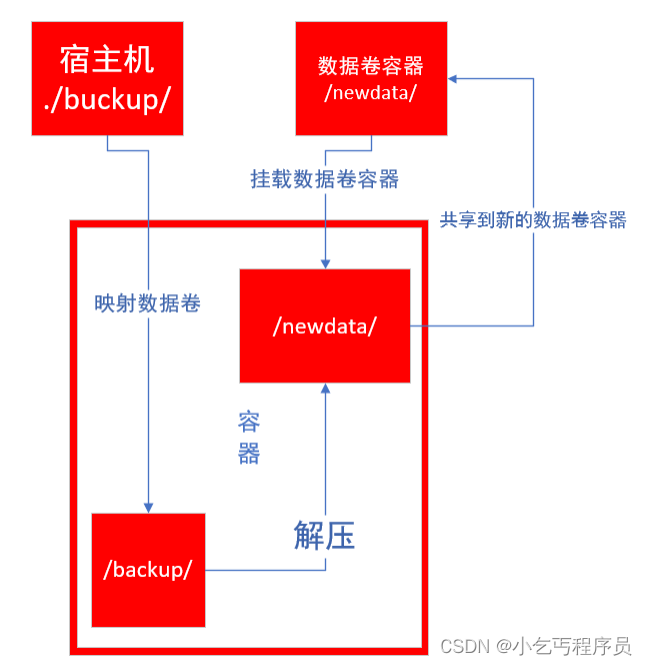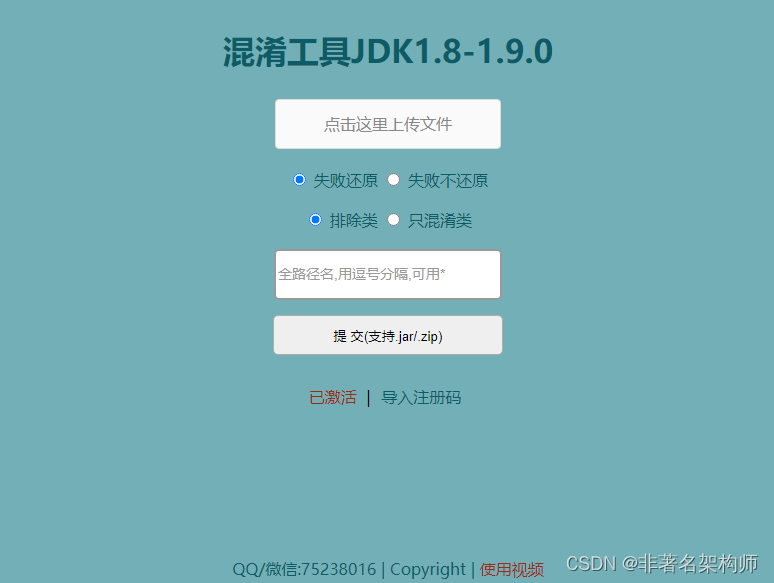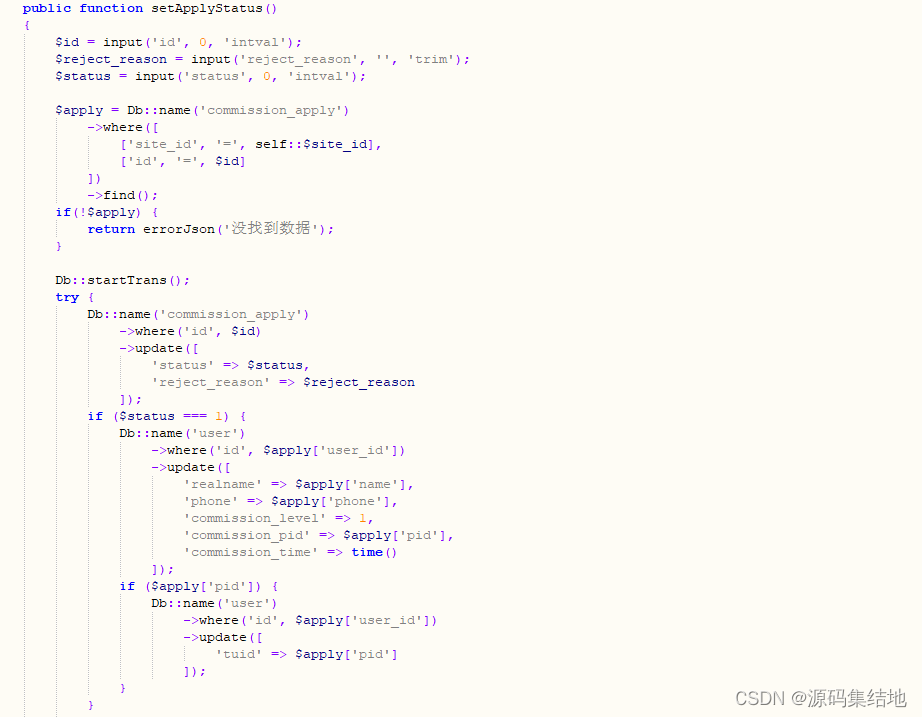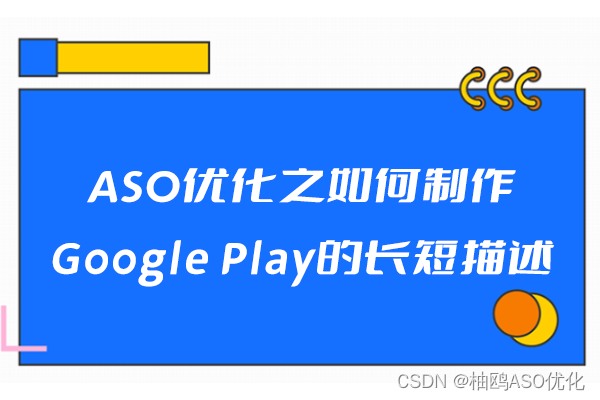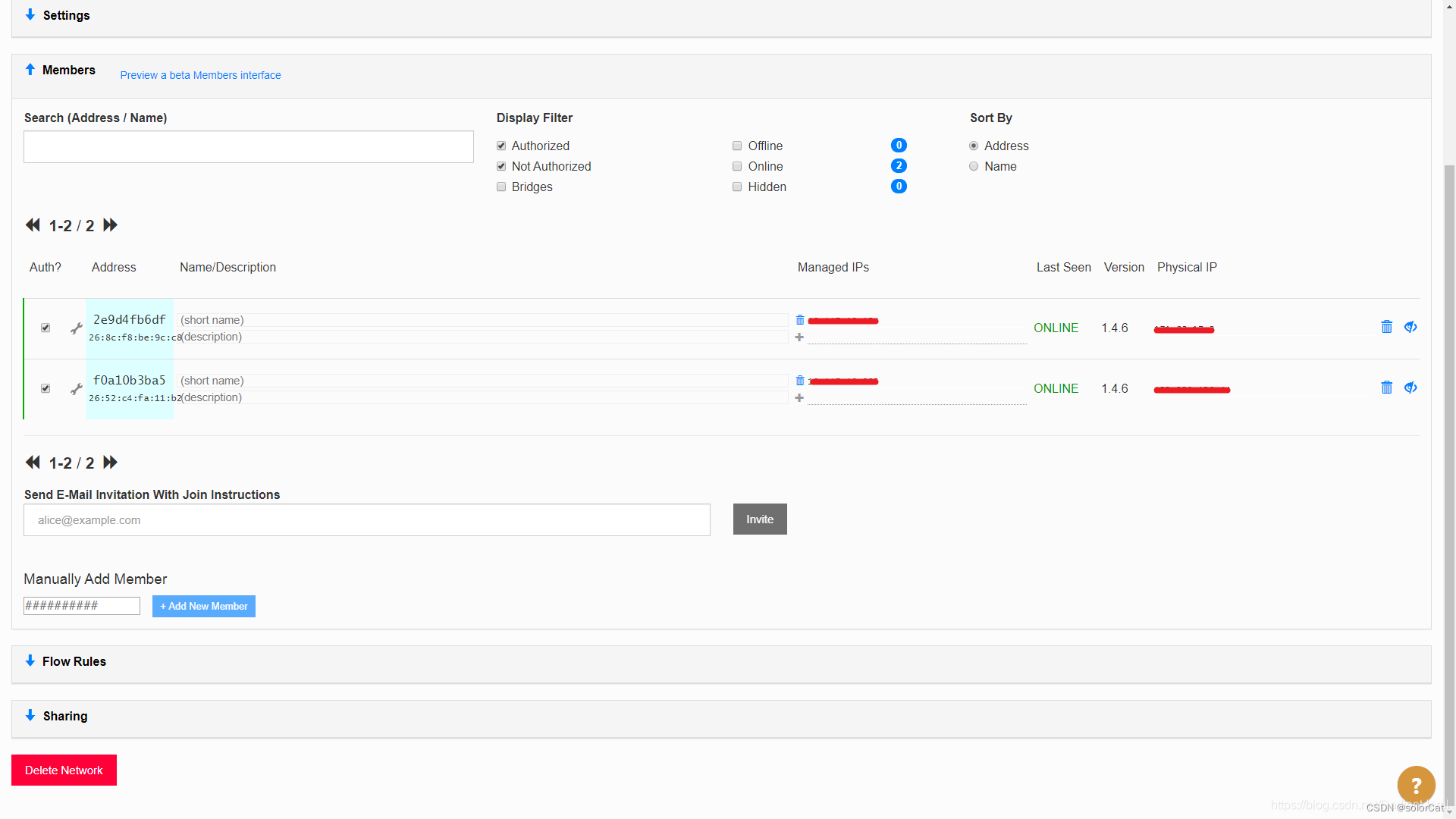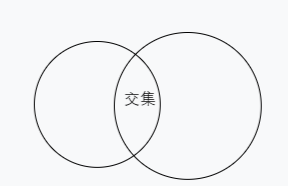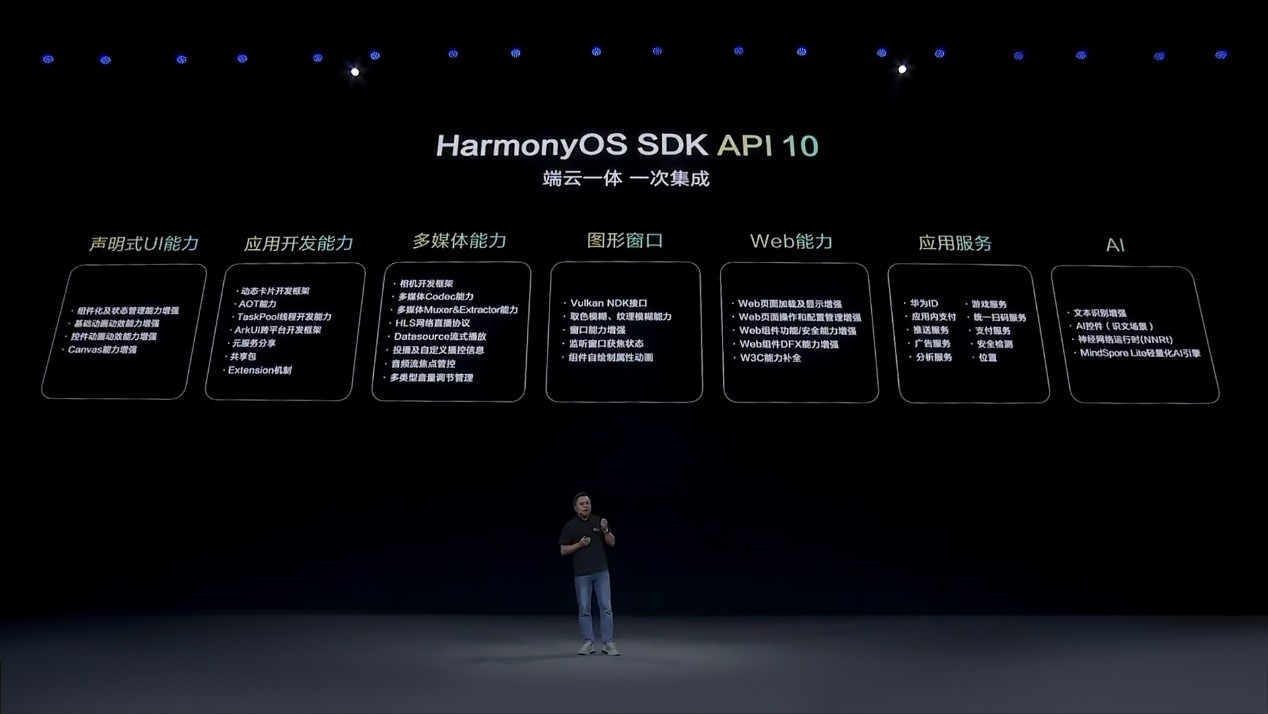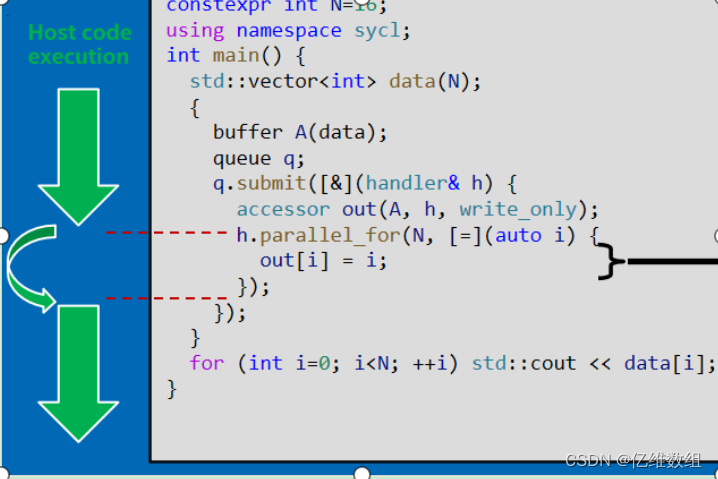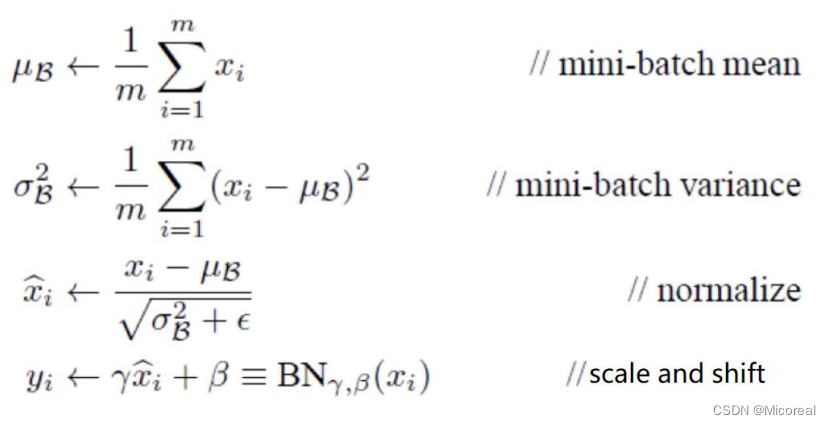论文原文:[1810.00826] How Powerful are Graph Neural Networks? (arxiv.org)
英文是纯手打的!论文原文的summarizing and paraphrasing。可能会出现难以避免的拼写错误和语法错误,若有发现欢迎评论指正!文章偏向于笔记,谨慎食用!
1. 省流版
1.1. 心得
①Emm, 数学上的解释性确实很强了
②他一直在...在说引理
1.2. 论文框架图
2. 论文逐段精读
2.1. Abstract
①Even though the occurrence of Graph Neural Networks (GNNs) changes graph representation learning to a large extent, it and its variants are all limited in representation abilities.
2.2. Introduction
①Briefly introduce how GNN works (combining node information from k-hop neighbors and then pooling)
②The authors hold the view that ⭐ other graph models mostly based on plenty experimental trial-and-errors rather than theoretical understanding
③They combine GNNs and the Weisfeiler-Lehman (WL) graph isomorphism test to build a new framework, which relys on multisets
④GIN is excellent in distinguish, capturing and representaion
heuristics n.[U] (formal) 探索法;启发式
heuristic adj.(教学或教育)启发式的
2.3. Preliminaries
(1)Their definition
①They define two tasks: node classicifation with node label and graph classification with graph label
(2)Other models
①The authors display the function of GNN in the -th layer:
where only is initialized to
(其余细节就不多说了,在GNN的笔记里都有)
②Pooling layer of GraphSAGE, the AGGREGATE function is:
where MAX is element-wise max-pooling operator;
is learnable weight matrix;
and followed by concatenated COMBINE and linear mapping
③AGGREGATE and COMBINE areintegrated in GCN:
④Lastly follows a READOUT layer to get final prediction answer:
where the READOUT function can be different forms
(3)Weisfeiler-Lehman (WL) test
①WL firstly aggregates nodes and their neighborhoods and then hashs the labels (??hash?这好吗)
②Based on WL, WL subtree kernel was proposed to evaluate the similarity between graphs
③A subtree of height 's root node is the node at
-th iteration
permutation n.置换;排列(方式);组合(方式)
2.4. Theoretical framework: overview
①The framework overview

②Multiset: is a 2-tuple , where "where
is the underlying set of
that is formed from its distinct elements, and
gives the multiplicity of the elements" (我没有太懂这句话欸)
③They are not allowed that GNN map different neighbors to the same representation. Thus, the aggregation must be injective (我也不造为啥)
2.5. Building powerful graph neural networks
①They define Lemma 2, namely WL graph isomorphism test is able to correctly distinguish non-isomorphic graphs
②Theorem 3 完全没看懂
③Lemma 4: If input feature space is countable, then the space of node hidden features is also countable
2.5.1. Graph isomorphism network (GIN)
①Lemma 5: there is , which makes
unique in
. Also there is
②Corollary 6: there is unique and
.
③Finally, the update function of GIN can be:
2.5.2. Graph-level readout of GIN
①Sum, mean and max aggregators:

②The fail examples when the different and
map the same embedding:

where (a) represents all the nodes are the same, only sum can distinguish them;
blue in (b) represents the max, thus max fails to distinguish as well;
same in (c). (盲猜这里其实蓝色v自己是一个节点,但是没有考虑自己的特征,而是纯看1-hop neighborhoods)
③They change the READOUT layer to:
2.6. Less powerful but still interesting GNNs
They designed ablation studies
2.6.1. 1-layer perceptrons are not sufficient
①1-layer perceptrons are akin to linear mapping, which is far insufficient for distinguishing
②Lemma 7: notwithstanding multiset is different from
, they might get the same results:
2.6.2. Structures that confuse mean and max-pooling
这一节的内容在2.5.2.②的图下已经解释过了
2.6.3. Mean learns distributions
①Collary 8: there is a function . If and only if multisets
and
are the same distribution,
②When statistical and distributional information in graph cover more important part, mean aggregator performs better. But when structure is valued more, mean aggregator may do worse.
③Sum and mean aggregator may be similar when node features are multifarious and hardly repeat
2.6.4. Max-pooling learns sets with distinct elements
①Max aggregator focus on learning the structure of graph (原文用的"skeleton"而不是"structure"), and it has a certain ability to resist noise and outliers
②For max function , if and only if
and
have the same underlying set,
2.6.5. Remarks on other aggregators
①They do not cover the analysis of weighted average via attention or LSTM pooling
2.7. Other related work
①Traditional GNN does not provide enough math explanation
②Exceptionally, RKHS of graph kernels (?) is able to approximate measurable functions in probability
③Also, they can hardly generalize to multple architectures
2.8. Experiments
①Dataset: 9 graph classification benchmarks: 4 bioinformatics datasets (MUTAG, PTC, NCI1, PROTEINS) and 5 social network datasets (COLLAB, IMDB-BINARY, IMDB-MULTI, REDDITBINARY and REDDIT-MULTI5K)
②Social networks are lack of node features, then they set node vectors as the same in REDDIT and use one hot encoding for others
2.8.1. Results
2.9. Conclusion
3. 知识补充
4. Reference List
Xu, K. et al. (2019) 'How Powerful are Graph Neural Networks?', ICLR 2019. doi: https://doi.org/10.48550/arXiv.1810.00826
